“Air Travel Bubbles” are provisional arrangements between two countries that have been helping commercial passenger services with any suspension of regular international flights due to the COVID-19 pandemic. The travel bubbles bring in a lot of hopefulness with a controlled return of quarantine-free air travel between designated countries or cities. With countries getting closer to offering vaccines, the air travel bubbles are expected to increase. Here’s all you need to know about
travel bubbles.
What is a travel bubble?
Popularly known as travel corridors, travel bubbles are a partnership between two or more places. The countries or cities involved in air travel bubbles have similar rates of coronavirus infected people that allows for quarantine-free leisure travel in both directions.
Which countries have or are expected to have travel bubbles?
Early in the pandemic, the first large international travel bubbles to make headlines were between New Zealand and Australia. Both countries had very low coronavirus cases, and the nations implemented a bubble in September. Moreover, the Baltic countries of Latvia, Estonia, and Lithuania created the first of Europe’s quarantine-free bubble in May.
Hong Kong and Singapore are expected to start an air travel bubble that will replace quarantine with coronavirus testing. Countries such as South Korea, Thailand, and Japan could also partner with Singapore (potentially) in setting up air travel in the future. Moreover, Australia could consider opening travel bubbles with South Korea, Singapore, Japan and Pacific island nations.
Plus, residents in Singapore and Germany could expect travel between the two countries for essential business and official purposes, after both sides agreed to establish a reciprocal green lane.
Japan confirmed its travel bubble with five Asian regions including Cambodia, Malaysia, Myanmar, Laos, and Taiwan. Meanwhile, India is negotiating with 13 countries to set up air bubble arrangements for international flight operations.
How does a travel bubble work?
Travel bubbles are still featured with testing requirements. Passengers can still not expect to visit as freely as they would pre-COVID-19. The partnership between two countries is typically based on good trust in each other’s testing numbers or controlled the spread of the novel virus.
Tips to plan an air travel bubble visit
- Ensure that you’re eligible for quarantine-free travel in the Air Travel Bubble.
- Book a flight that is designated as bubble flights.
- You may require a COVID-19 test, with the sample taken within 72 hours before
- scheduled departure.
- On arrival, you may need to take a COVID-19 PCR test.
- Complete an online health declaration before you fly.
- Complete return formalities as officially stated.
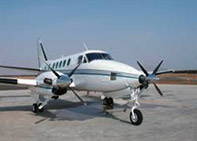
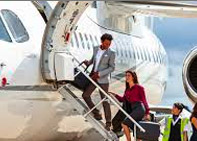
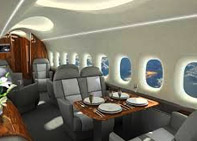
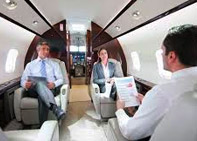
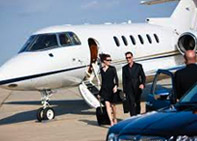


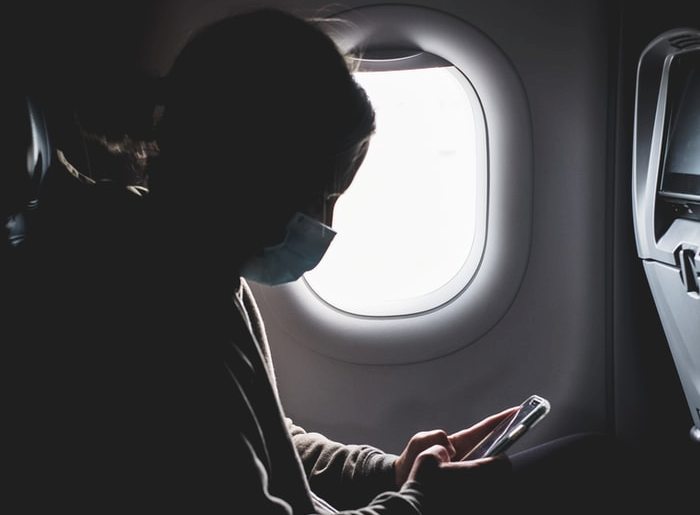
Leave a Reply
You must be logged in to post a comment.